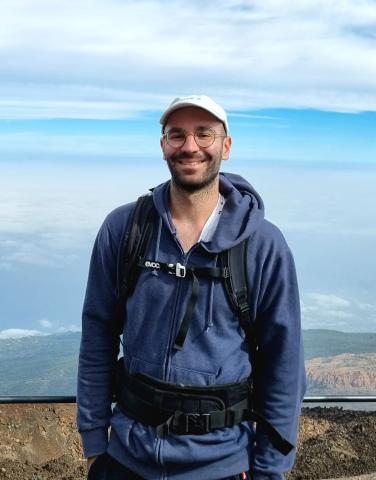Speaker: Lukas Birklein (University of Mainz)
Abstract
Patient motion is a frequently observed phenomenon in (dental) cone beam computed tomography (CBCT) and can negatively affect the interpretability of the reconstructed images. Uncompensated motion manifests in double contours, blurs and a general loss of sharpness. While motion in dental CBCT imagery is generally unwanted and involuntarily introduced by the patient, in other areas such as thorax or beating heart scans, motion is not only unavoidable but can also be of interest for clinicians. In 2022 we developed an algorithm for motion correction applicable to dental CBCT, where we treated the motion of the lower jaw independently of the remaining skull (cranium), enabling the compensation of rather complex motion patterns. With the invention of NeRF and the explosion of NeRF-like inverse rendering techniques, we found a way to apply this formulation of inverse rendering, coupled with a neural deformation field, to the CBCT setting in 2023. This method could handle much more severe and complex motion patterns than our previous method in dental CBCT, while achieving state-of-the-art results in 4D thorax scans within minutes. In the last part of the talk I will briefly present my current research interest, polychromatic reconstruction, discuss my approach towards this and show some preliminary results.
Bio
Lukas started his PhD in 2021 in a DFG-funded joint project of the University Medical Center Mainz, the Institute of Computer Science of the University Mainz and the Hochschule RheinMain in Wiesbaden. His research interests mainly revolve around inverse rendering techniques in the setting of computed tomography as well as exploring new frontiers in the world of CBCT reconstruction.
Details
Category
Duration
30 + 10
Host: Renata Raidou
